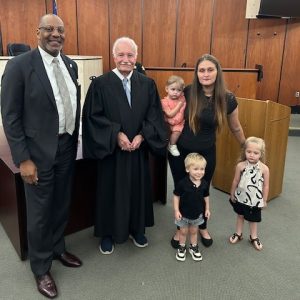Highlighting treatment courts during National Recovery Month
September 30, 2025
Our office highlights the impacts of its treatment courts during National Recovery Month. These programs change how the justice system works with people who have substance use and mental health disorders, as well as those experiencing homelessness.
Why Treatment Courts Matter
Treatment courts offer sentencing alternatives that combine supervision with evidence-based treatment. Participants receive random drug testing and other habilitation services. Outcomes include better education, employment, and housing opportunities, family reunification, and healthcare access.
Programs last from 12 to 24 months and meet national standards. Over the past three to five years, treatment courts in the Fifth Judicial Circuit have achieved an average success rate of 70%.
Treatment Court Timeline
1996 – Adult Drug Treatment Court
2003 – Mental Health Treatment Court
2011 – Veterans Treatment Mentor Court
2012 – DUI Treatment Court
2015 – Homeless Court
Testimonial

Jessica, a drug court graduate, regained custody of two children, gave birth to a drug-free baby, earned a driver’s license, and secured steady work.
“[The Fifth Judicial Circuit team] provided the structure and accountability I needed to stay on track and rebuild my life. Thanks to their guidance, I was able to regain custody of my children, which has been the greatest gift and motivation to keep moving forward,” she said.
The Bottom Line
Treatment Courts help people find stability, reunite with their families, and reduce the likelihood of repeat offenses.